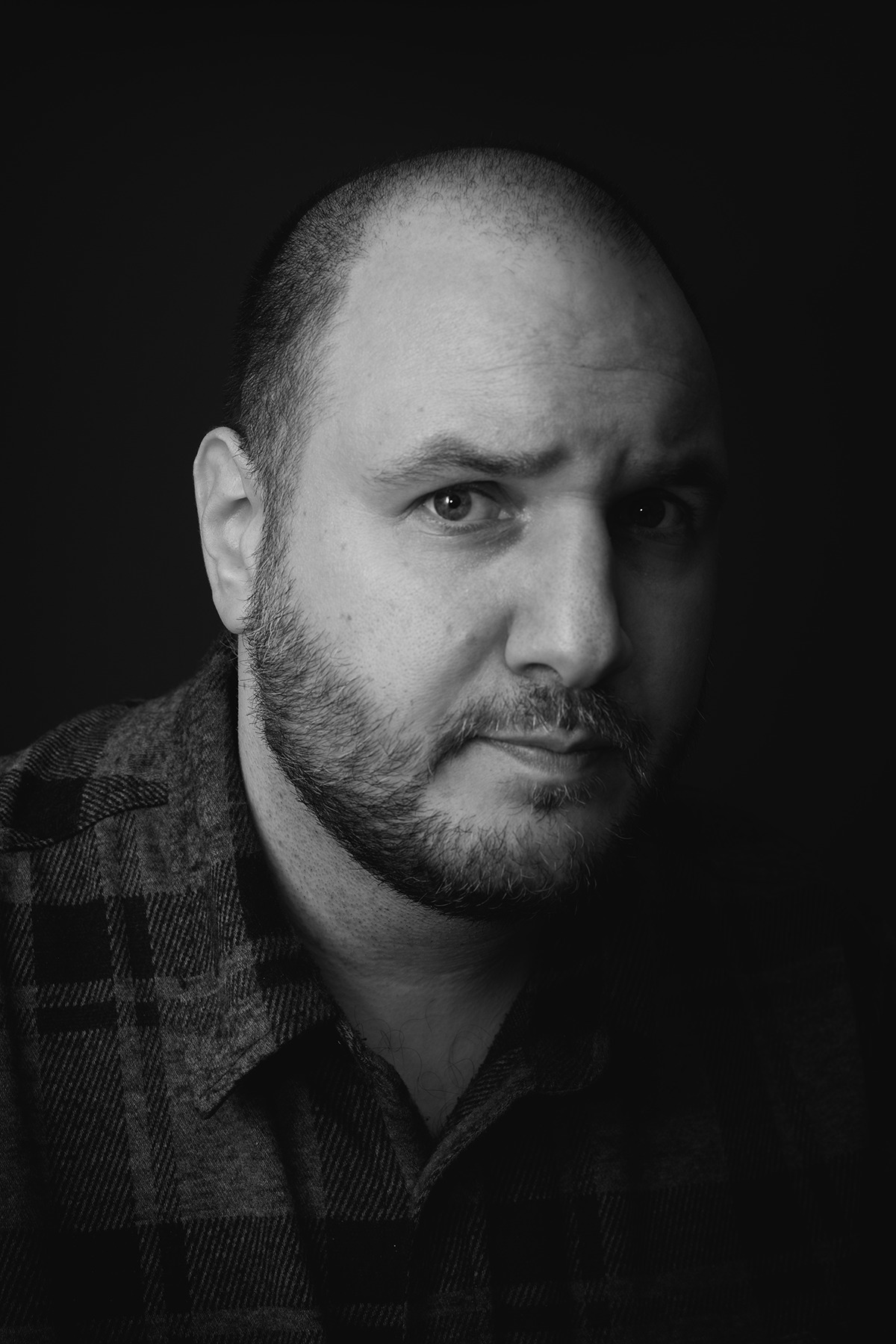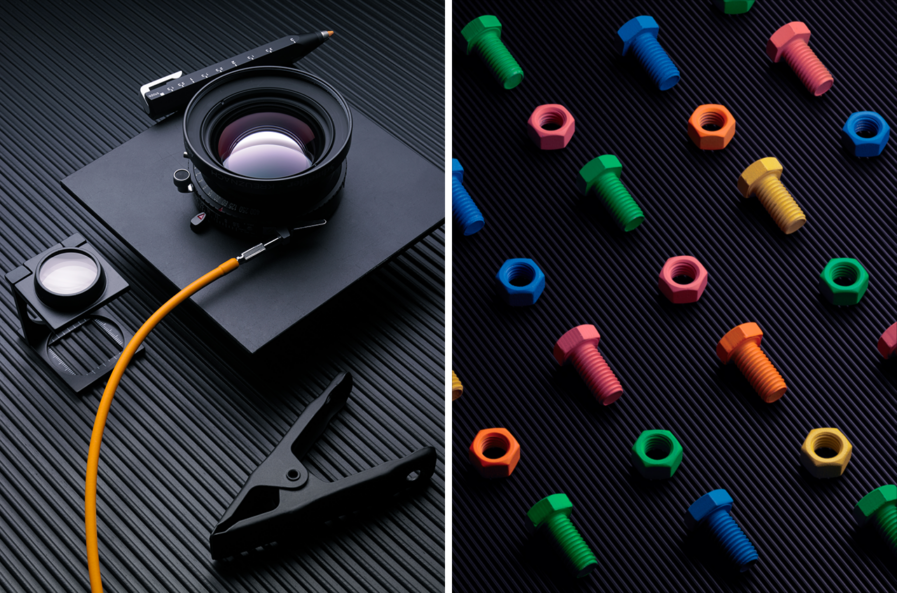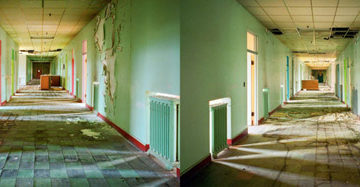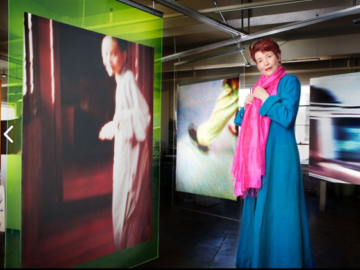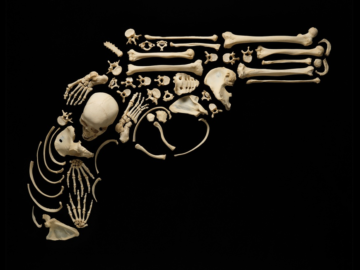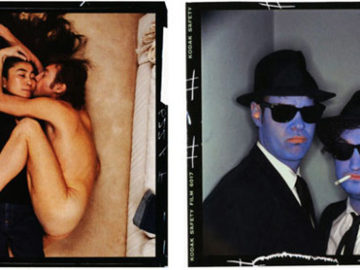Photographer and creative director John Surace has had a profound impact on the world of still life photography. His keen eye for detail and mastery of composition, combined with his unique blend of graphic design and photography, create images that are sharp, on point, and unforgettable. In his projects “Accoutrements” (above, left) and “Nuts & Bolts of Creativity” (above, right), John transforms ordinary objects into visual masterpieces, playing with textures and light to highlight the beauty in everyday items. His commitment to in-camera techniques shows he keeps it real and celebrates the pure craft of photography.
By: John Surace, Freelance Photographer & Creative Director
Introduction to You and Your Work
John Surace is a multi-disciplinary graphic designer, photographer, and creative director. His still life images are informed by design principles and a philosophy that statements should be reductive in execution, graphic in form, and always distilled to an essence. John has a preference for still life photography, which allows him to closely examine the interplay of objects and textures, as well as their relationships to light and shadow. His choice to solve problems on set with a view camera ensures complete control over focus, detail, and perspective without a need for post-production. A traditional, hands-on approach to the work demonstrates John’s commitment to meaningful visual communication.
Inspiration
The catalyst behind both Accoutrements and Nuts & Bolts was the relationship between props, set pieces, and the associations of the subjects.
Accoutrements
This study examines typical large-format photography equipment, which, in its own right, is an example of great design and aesthetics. The gear was carefully arranged in a rectilinear, top-down layout. The scene, which is predominately neutral in hue, provided a wide tonal range to draw deep shadows and sharp highlights, which were further emphasized by the reflective lens element. A single pop of color from a yellow cable release slashes the scene on a curvilinear path, which is resolved at the top of the composition by the yellow point of a mechanical pencil, set off-axis from the lens board for visual tension. The camera was once again set about a 45º axis to create depth, and the objects were arranged with foreshortening in mind. A critical component of John’s workflow, the Schiempflug principle, was employed for deep focus throughout the composition.
Nuts & Bolts
Mundane objects have an inherent beauty in their design. John sourced oversized hardware to emphasize form and, more importantly, the pattern-like texture of the threads, which interact wonderfully with light to create sharp, graphic shadow areas. The linear quality of the bolts was mimicked in the ribbed background. For visual tension, the hardware, closely associated with building materials and hard surfaces, was painted in a variety of youthful colors. Setting the camera about a 45º axis added depth to the scene, which required optical foreshortening of the nuts and bolts to suggest even spacing in the final photograph. The Schiempflug principle was applied to the view camera movements to guarantee deep focus throughout the composition.
Personal Reflection:
As a past recipient of Graphis awards, it’s an honor to be recognized among peers as an exemplary practitioner. However, what’s most important is that the body of work continues to push creative boundaries.
Advice to Fellow Creatives:
Study your subjects as equally as you would study light quality and light quantity. Discover that mutual relationship and leverage it to create your narrative. Spend time on-set, and challenge yourself to solve problems before you trip the shutter. The results are far more rewarding.
Conclusion:
Creatively, the future is uncertain. With the rapid ascent of advanced AI, it’s clear that it will be difficult to distinguish finely crafted images from digitally enhanced ones in the near future. At this point in John’s career, photography is a comfortable and, more importantly, personal endeavor. Thankfully, he is no longer beholden to deadlines, client restraints, or other outside influences. It’s uncertain where the intersection of technology and photography will lead us, but he will be there, sleeves rolled up, doing it in camera.
John Surace is a creative director and still life photographer with a focus on hierarchy, form, and palette. His images are informed by the design principle of a simple and graphic layout. An emphasis on purposefully arranged props and artfully shaped light serves to tell intriguing stories across his photographs.
